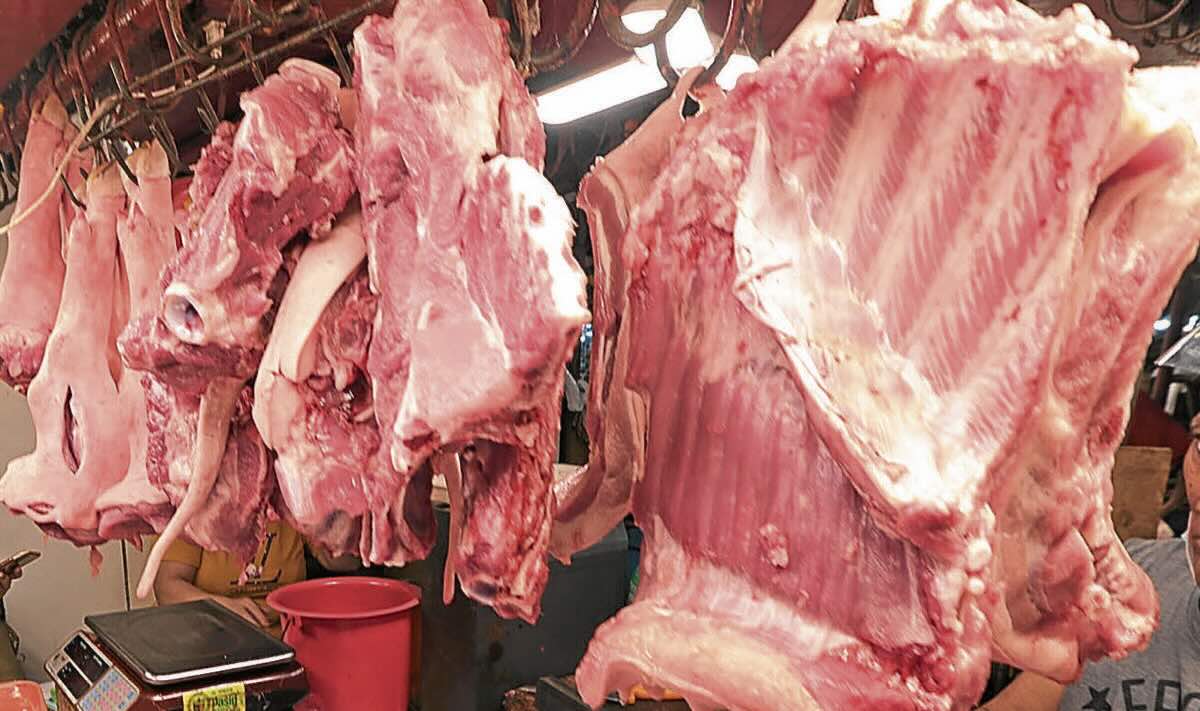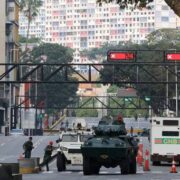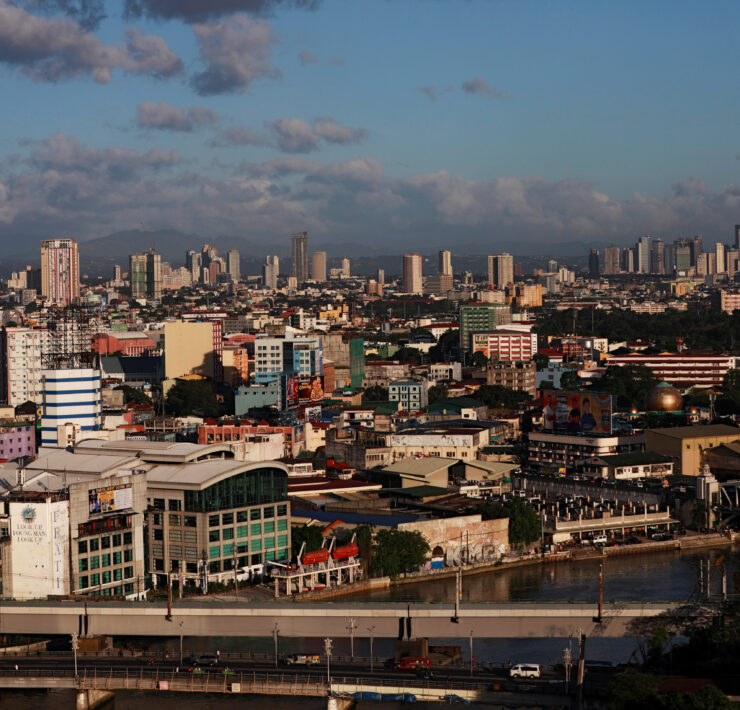Low tariffs aid growth of PH meat imports

Philippine meat imports grew by 9.7 percent in the first five months of the year as traders took advantage of extended tariff reduction while bracing for possible upswing in global prices.
The volume of imported meat stood at 524.68 million kilograms from January to May, rising from 478.32 million kg a year ago, data from the Bureau of Animal Industry showed.
The country’s meat imports have been on the rise since February, with the highest monthly volume for the year recorded in May at 128.29 million kg.
Pork accounted for the bulk of imported meat, comprising 48.3 percent or 253.55 million kg of the five-month total.
The volume of imported pork was 10.6 percent higher than a year prior. Importers mostly brought in offals and pork cuts amounting to almost 200 million kg.
Chicken imports came next amounting to 181.23 million kg, up by around 5 percent, mostly consisting of mechanically deboned meat or mechanically separated chicken and chicken leg quarter.
Beef imports climbed by 28.8 percent to 68.53 million kg, while buffalo purchases amounted to 20.44 million kg.
Traders also imported duck, lamb and turkey during the reference period.
Brazil remained the leading source of imported meat as it delivered 180.66 million kg, mainly chicken products.
The United States came next with 79.39 million kg of exports, mostly chicken, while Spain shipped out 65.18 million kg.
This upward trend is in line with the latest outlook of the United Nations’ Food and Agriculture Organization, which expected the country to source more meat abroad with the extension of reduced tariff rates.
Meat Importers and Traders Association president emeritus Jesus Cham previously said, “Importers are likely positioning in anticipation of higher prices abroad, a weaker peso, as well as lower hog production due to El Niño.” Cham also cited “greater attractiveness” of pork products at the current import duty rate.
Under Executive Order No. 62 signed by President Marcos last month, low tariffs on various products, including rice and pork, were retained to ensure continued supply of essential food products at affordable prices. Import duty on swine, fresh, chilled or frozen meat is kept at 15 percent for in-quota and 25 percent for out-quota shipment.
In-quota tariff rate is applied to an agricultural product within the minimum access volume (MAV) or tariff quota while out-quota duty is applied to farm products not covered by MAV.
For mechanically deboned or separated meat, the tariff rate is 5 percent. —WITH A REPORT FROM THONY ROSE F. LESACA





















